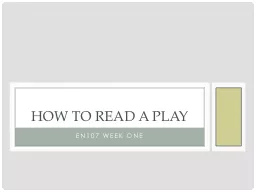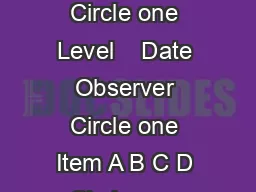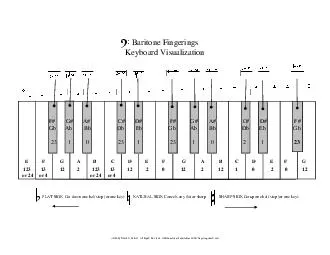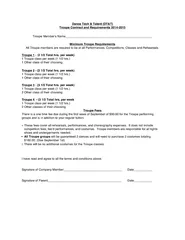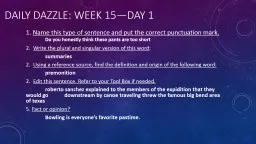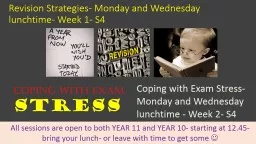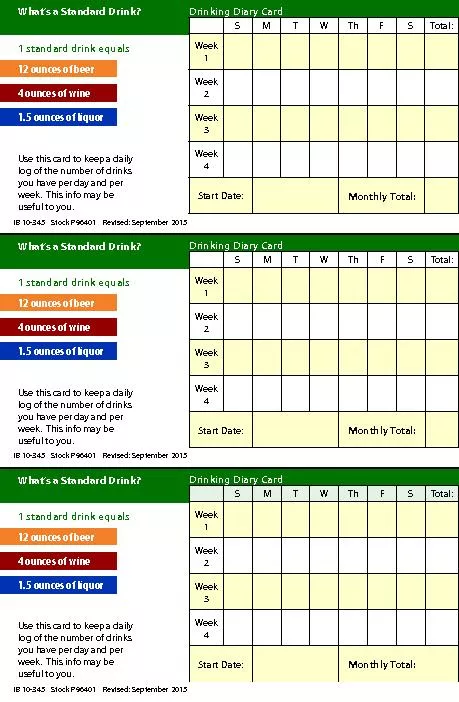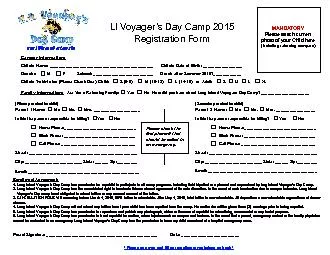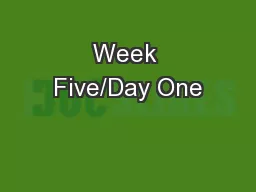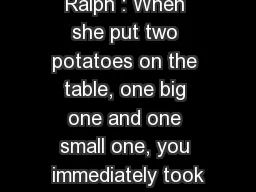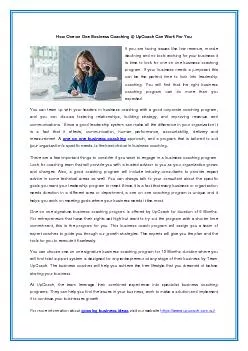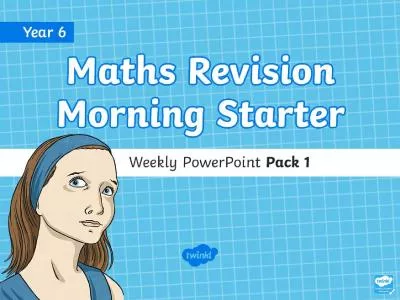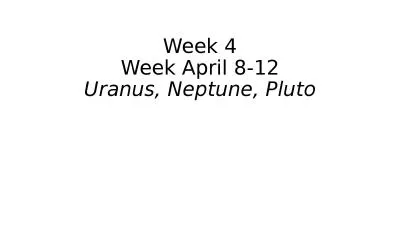PPT-EN107 Week one
Author : celsa-spraggs | Published Date : 2015-09-19
How to read a play From course materials In his book State of the Nation 2007 theatre critic Michael Billington observes One thing was clear by the midFifties
Presentation Embed Code
Download Presentation
Download Presentation The PPT/PDF document "EN107 Week one" is the property of its rightful owner. Permission is granted to download and print the materials on this website for personal, non-commercial use only, and to display it on your personal computer provided you do not modify the materials and that you retain all copyright notices contained in the materials. By downloading content from our website, you accept the terms of this agreement.
EN107 Week one: Transcript
Download Rules Of Document
"EN107 Week one"The content belongs to its owner. You may download and print it for personal use, without modification, and keep all copyright notices. By downloading, you agree to these terms.
Related Documents

